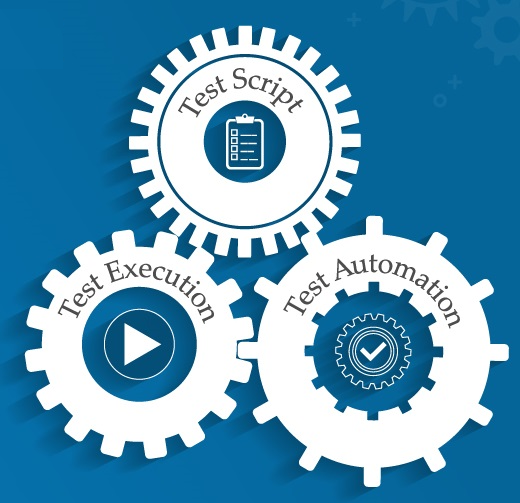Choosing Your Suitable Automation Framework

You’re setting in your room, playing your music, and suddenly, the Price by Twisted Sister starts playing. You love this song, and once the chorus plays, you turn up the volume and you go full Dee Snider:
Oh, it's the price we gotta pay
And all the games we gotta play
Makes me wonder if it's worth it to carry on
As a Quality Engineer & founding member of the International Overthinkers Association, you stop to think for a moment; when it comes to automating the testing process, you either pay for a tool that’s going to cost you thousands of dollars or you lose your mind over choosing the right framework. What should be done? And just before you start using your founding member ID, you receive a text from your father stating “Come down son, we need to talk!!”.
What is The Automation Framework?
An automation framework is a collection of tools, functions, libraries, and processes that work together to support the automated testing of any application.
Why are Frameworks Important in Software Testing?
A framework serves as a technical implementation guideline for the testing team. It sets the standard of the written code and offers the benefit of reusing the code in various scenarios. Not to mention:
Maintain a well-defined strategy across the test suites
Enhanced speed at which testing progresses
Maintaining the test code will be easy
The URL or Application can be tested accurately
Continuous testing of coding and delivery will be achieved
What are the Types of Frameworks?
After clearing the above 2 points, it’s time for the scolding you’ll receive from your father (remember the text?) You think you might hear war stories like any normal person, but no. That would only happen in the real universe. Here, you’re in the alternative one. You set down, and while he applauds your taste in music, he says the following: “Son, if you can build it, do not pay for it!”
Before you lose your mind over which framework to choose, you need to understand the types of them:
- Linear Automation Framework: This framework is mainly used for testing small applications. It’s a record & play one. And while it does not require you to write a code, the data is hardcoded in the tests. So, you will need to alter the data each time you rerun the test.
- Modular Driven Framework: In this framework, the tester can create scripts (module-wise) by dividing the application into smaller modules. This allows easier maintenance and scalability for the written scripts but requires additional time for analyzing the test cases and identifying the reusable code.
- Behavior Driven Development Framework (BDD): This framework allows you to create a platform that allows every person (tester, developer, Business Analyst… etc.) to participate in the testing process. This kind of framework uses natural language which non-technical personnel can understand but require sufficient technical skills to work with it.
- Data-Driven Testing Framework (DDT): This framework allows you to pass different sets of data into your tests. Be it by coding the data or importing it from an external file (excel, CSV… etc.) This framework reduces the number of needed scripts but requires an experienced tester.
The Keyword-Driven Testing Framework: Also known as the table-driven framework. This type of framework is suitable for small projects. The test scripts are based on keywords, specified in a sheet. This allows you to use a single keyword across multiple test scripts but the initial cost of setting up the frame is high.
The Hybrid Test Automation Framework: This type of framework combines the DDT & the BDD frameworks. While you can enjoy the best of both worlds, the tests are fully scripted which means, it requires additional effort.
Verdict
Your father continues: While there are many automation testing frameworks available, it might be a headache to choose between them. Each one has its pros & cons. You might need first to start analyzing the types of projects you work on, the skills your team has, and the size of the company you work at. Based on these needs, you can determine a suitable framework. Forget about paid tools, build your own!
Now go and bring me the remote (the remote is on the table next to him!!)

